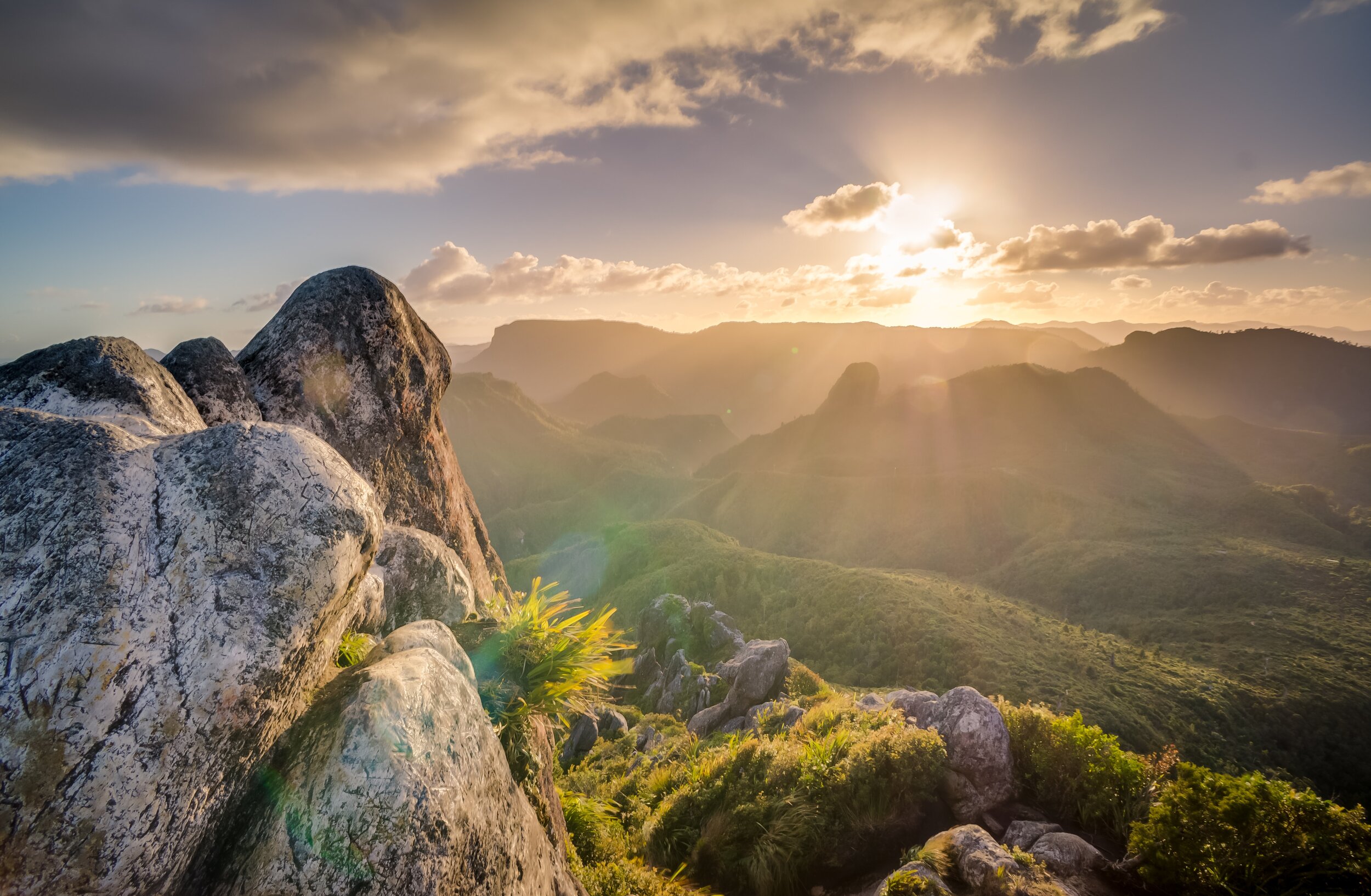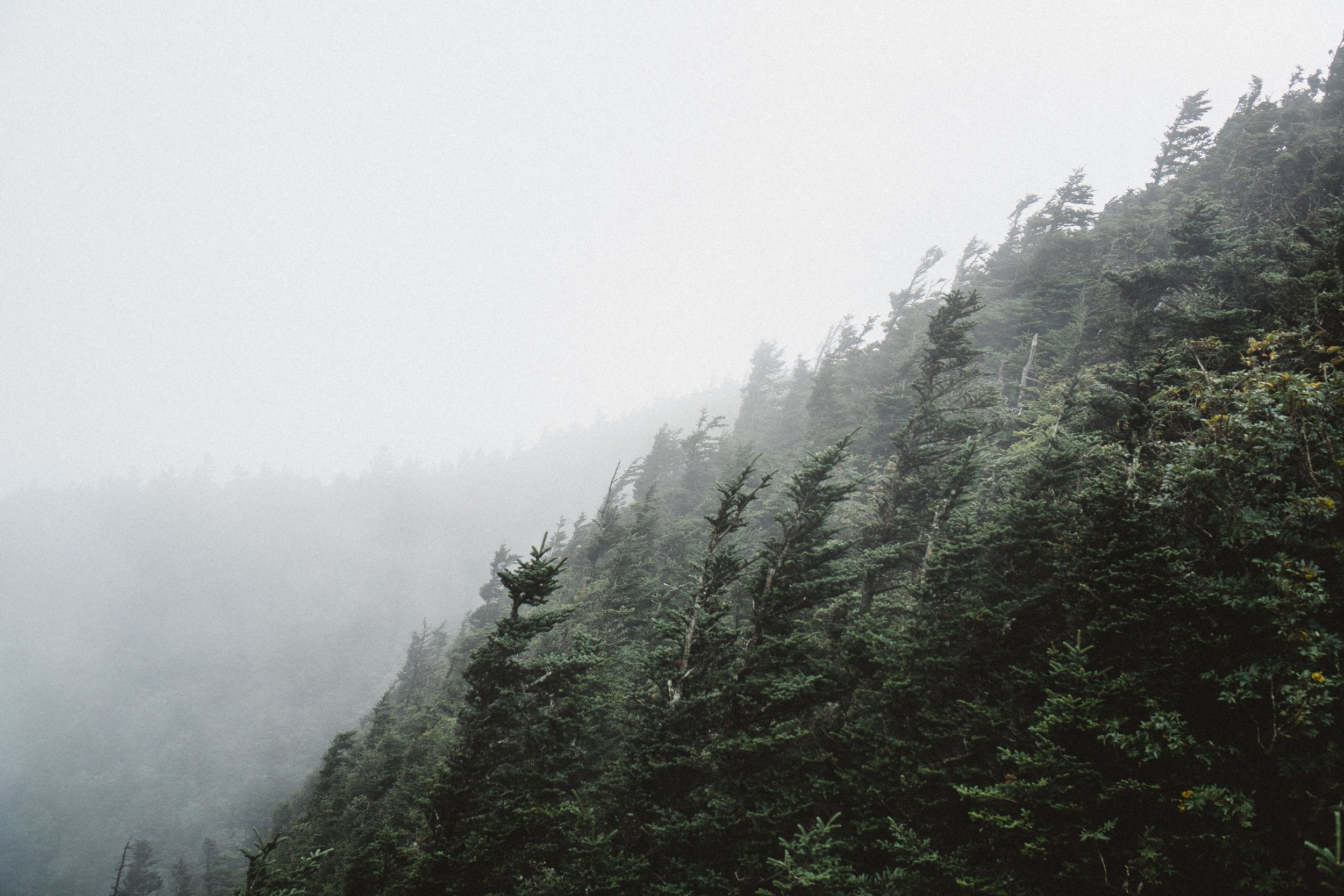Today’s blog post was also shared as part of a new, free community project I launched this month. Rewild & Slow is a way of sharing nature-led wisdom from folk inspired by the wild and the natural world in some way. The idea came to me in December last year when I was trying to figure out a way to begin the year, and the decade, with intention, but also in a way that embraced community and connection. If you’d like to sign up for the project and access future contributions, plus all those shared so far, you can do so by signing up to the newsletter here.
For a long time I didn’t know what I wanted to do with my life. When I was at primary school, I remember very clearly a vision I had of myself in a white school shirt sat at a desk doing some writing for secondary school; I couldn’t wait to get older and start that adrenaline-fuelled new phase of my academic life. Of course, once you’re in it, once you’re there doing the work, writing the essays late at night, revising for GCSEs and A-levels, it isn’t quite as glamorous, and so the vision evolved; a smart black dress, heels, and a job writing for a magazine, something akin to those female writers you would see in films circa 2002, going out, enjoying life, and a column of my very own.
If you’d have told that teenage girl she’d end up living in a tent and growing her own veg, she’d never have believed you, and she wouldn’t have wanted to; like most teenage girls, she was working towards a goal unintentionally disparate from her childhood and all she had come to know.
It took a short-lived teaching career, a stint living in a busy town, and a descent into debt for me to realise that there had to be another way, one that I carved out for myself that didn’t necessarily follow a prescribed path. Gradually I began to rewild and slow this busy, corporate existence, returning to the values and approach my family had been peddling all along; their surprise at how quickly my life changed was palpable.
But what does it mean to rewild? What does it even look like?
The term ‘rewild’ appeared somewhere between 1980 and 1985, just before the internet, smart phones and modern technology began to underpin everything we do. It gained traction in 2013 when George Monbiot wrote the book Feral: Rewilding the Land, Sea and Human Life. It explores in detail the approach to rewilding many of us are familiar with - that of restoring an area of land to its natural, uncultivated state, and which specifically references the reintroduction of species of wild animal that have been driven out. But he also remarks: “there are two definitions of rewilding that interest me. The second is the rewilding of human life. While some primitivists see a conflict between the civilised and the wild, the rewilding I envisage has nothing to do with shedding civilization. We can, I believe, enjoy the benefits of advanced technology while also enjoying, if we choose, a life richer in adventure and surprise. Rewilding is not about abandoning civilization but about enhancing it. It is to ‘love not man the less, but Nature more’.”
This is the rewilding that this project will focus on. This is the rewilding that I myself went through, and what I believe is the lynch-pin of humanity’s future; if we are to reverse climate change and protect the earth, the first step is to ensure that people care about it. And when you are connected to something, you are much more likely to care.
My own rewilding process took many different turns; I began by throwing myself at ancient nature-inspired crafts, growing my own veg, foraging for berries, and walking daily. Living in a tent for a year provided a unique opportunity to connect on a much deeper level with wildlife, weather and seasonal change, and even though now we live in a more traditional bricks and mortar home, I can still use the tools and techniques I developed during those twelve months to connect with nature and the earth on a daily basis.
Some days, that might look like escaping for a two hour walk with family, playing with my son in the mud, writing outside in the top field, planting some lettuce seeds and doing a bit of outdoor yoga. But those days, I assure you, are the exception to the rule, and most of the time I just do the best I can. 10 minutes here. 20 minutes there. That’s been a learning curve these past few years too; that it doesn’t have to look perfect, and that I don’t have to be outside at every possible moment of the day. Sometimes, I want to curl up indoors too, and although getting outside and reconnecting with nature always, always feels good, sometimes it’s too much of an effort to get out. And that’s ok. This project will hopefully inspire you to start or continue your own rewilding journey, to connect with nature even more than you do right now, but it should never be another stick for beating yourself with. The world doesn’t need a small number of people rewilding perfectly; it needs a whole lot of us rewilding, reconnecting, in the best way we can.
So that’s rewild. Now what about slow?
I first started writing about slow living around six years ago. It wasn’t a phrase that was very well-known, and people didn’t really know what it was. But in the past few years, it has exploded and become quite an aspirational lifestyle approach, often stereotypically associated with linen dresses, freshly-ground coffee and old books. Don’t get me wrong, I love all those things, but for me slow living has nothing to do with any of them.
Slow living began with the Slow Food movement. It was, and I quote from slowfood.com: “started by Carlo Petrini and a group of activists in the 1980s with the initial aim to defend regional traditions, good food, gastronomic pleasure and a slow pace of life. In over two decades of history, the movement has evolved to embrace a comprehensive approach to food that recognizes the strong connections between plate, planet, people, politics and culture.”
It evolved - slowly, of course - and gradually other elements began to appear - slow work, slow exercise, slow living. In 2004, a pivotal text in the ‘slow’ movement was published - In Praise of Slow by Carl Honore. In this book - which I highly recommend - Honore - avoids the, perhaps expected, calls to overthrow technology and seek a preindustrial utopia. Instead the book offers a different philosophy - balance. Discovering energy and efficiency from slowing down. Slow does not simply mean slowing down.
I wrote a blog post almost 5 years ago now, all about slow living and the impact it had on me, and I thought I’d share an extract, as it’s still as relevant now as it was half a decade ago.
"I recently reached a point in my life where my to-do list was never-ending and I prioritised by simply choosing the most pressing deadline and ploughing through. At the end of the day I would collapse into a heap on the sofa and waste a few hours trying to regain some semblance of a life. I'd wake feeling fatigued and irritable and would haul myself upstairs to bed before starting all over again; no matter how many good intentions I'd have to escape from my stupor and actually do something, things never seemed to work that way.
When I first discovered the concept of slow living I disregarded the idea, believing naïvely that there was no hope for me to ever live this way because I simply had too much to do, too much to fit in, and there just wasn't enough time in the day to slow anything down. What I didn't know, is that this is the kind of lifestyle primed for a change to slow living.
There will never be enough hours in the day, but we can shape and mould the time we have according to our wishes and desires, and once we can do that, we're able to live more slowly, mindfully and with care.
My approach to slow living is a little different to the norm in that it begins (a pre-process, if you like) with organisation. I've found that cementing routines and plans in place to be essential in beginning to live a slow life that actually has a lot going on. Running a home, working 9-5, seeing family and friends, running Creative Countryside - it doesn't sound like I'm living a slow life! But I am.
Every day I take time to connect with the natural world. I'm able to enjoy the process of cooking and eating rather than rush through it with a panicked notion of running out of time. Sometimes I'll even take the day off. All of this is only possible, though, because I did the work beforehand: I set up meal planning spreadsheets, streamlined my wardrobe and set goals that allowed me to focus on exactly what I wanted to achieve. Following this process took a little while, but good things come to those who wait, and once I'd got to the point where everything was set up and I'd designed my lifestyle to look how I wanted it to look, I could truly say I had embraced slow living."
I wanted to share this post to remind myself as much as you, that going slow is a process. For me it’s intrinsically linked with rewilding and reconnecting with nature, as those are the elements of my life I consciously choose to focus on, to include mindfully and with care. But in order to do that I make sacrifices in other parts of my life; I don’t go out and socialise all that often, we don’t spend tons of money on clothes and so on, but that doesn’t mean your life should look that way too. It could, but that’s not what rewild and slow means.
I hope that throughout the duration of this project you’ll see how this concept can appear in a myriad of different ways in people’s lives. And I hope it will inspire and encourage you to begin or continue on your own journey of reconnection with the yourself and the natural world.





























